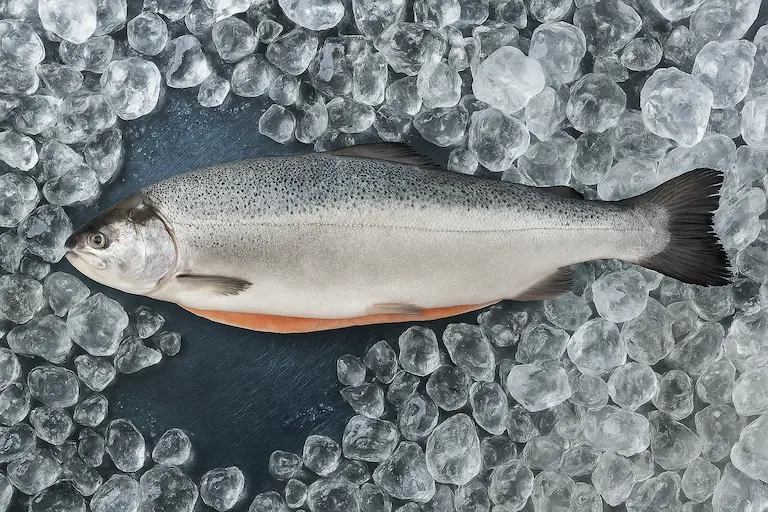Especially rich in Omega-3, Norwegian mackerel offers significant benefits for heart health, brain development, and immune function.
Flavor and Consumption
• This fatty, richly flavored fish is especially popular when grilled, baked, or smoked.
• In Turkey, it is sold frozen or smoked under the name “Norwegian mackerel.”
• In Japanese cuisine, it is known as “saba” and commonly used in sushi and sashimi.
Difference Between Norwegian and Local Mackerel
| Feature |
Norwegian Mackerel |
Local Mackerel (Turkey) |
| Fat Content |
High |
Moderate |
| Flavor |
More intense |
Milder |
| Size |
Generally larger |
Smaller |
| Availability |
Frozen, smoked |
Seasonal, fresh |


